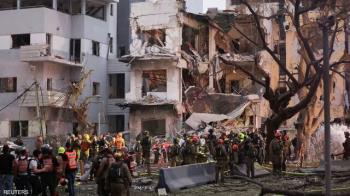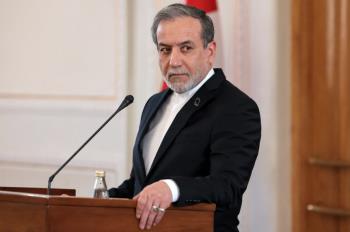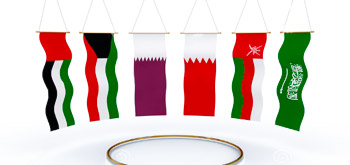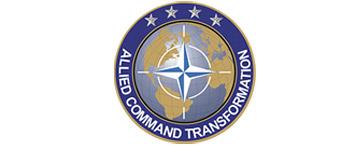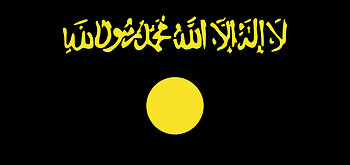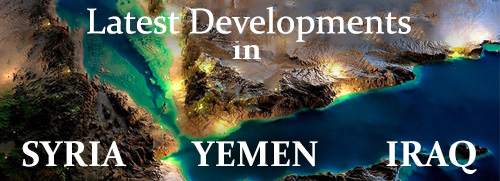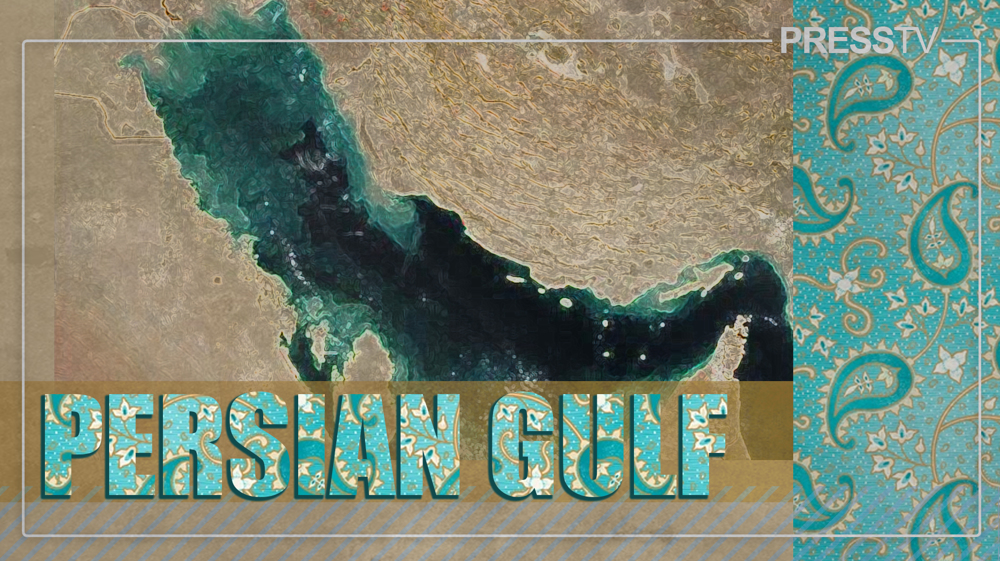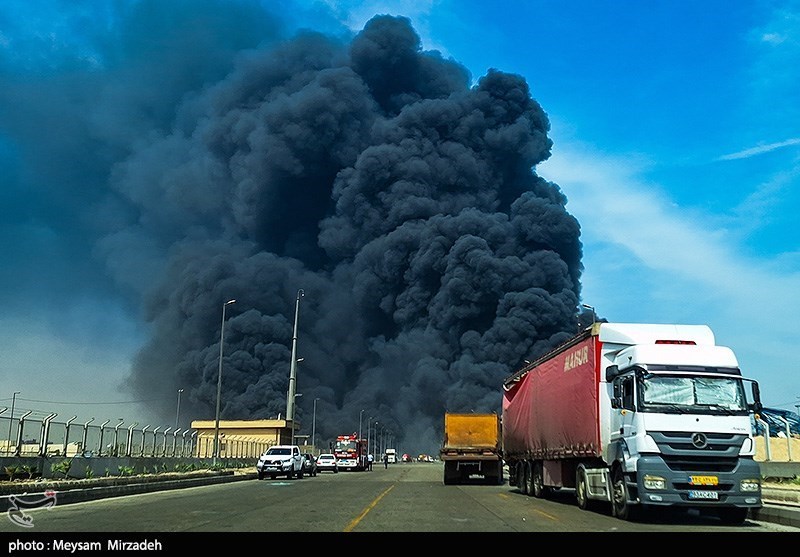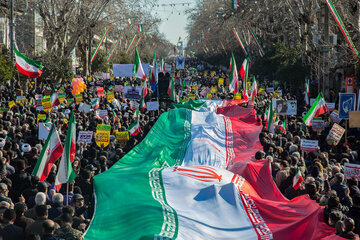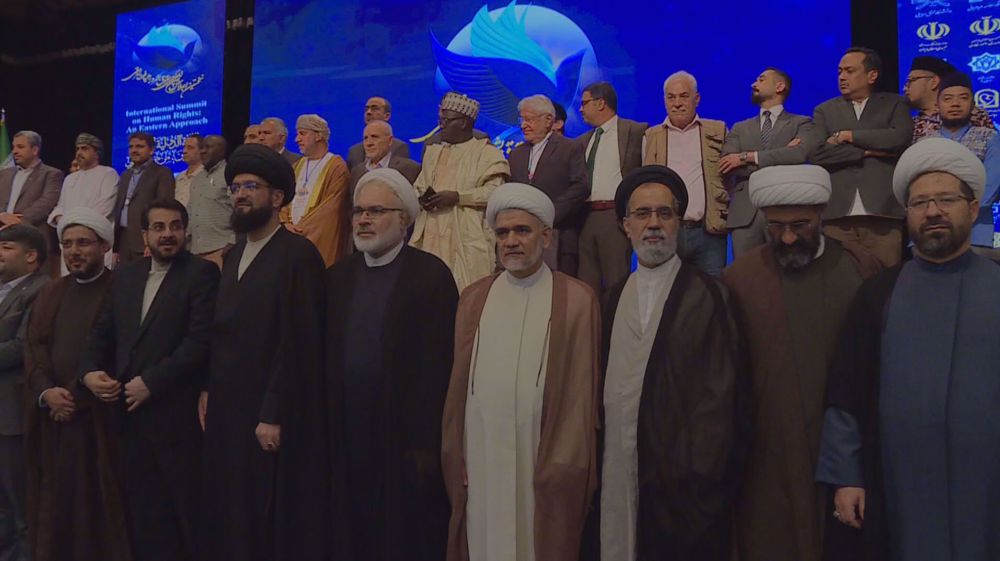Alwaght- When the Ottoman Empire collapsed in early 20th century and Sykes-Picot agreement ensued, Jordan went under rule of the Britain. And later, the British leaders gave the rule of Jordan and Iraq to sons of Sharif Hussein bin Ali of Hijaz after London declined to fulfil its promise about allowing their father to form a united Arab government. In fact, Jordan was never formed independently, and its being a state was a British decision that sought establishing small and ineffective political units in West Asia in the years that followed the First World War.
Jordan's foreign policy is mainly influenced by three factors of history, geographical position, and the economy. Jordan adjusts its foreign policy decisions with the Western interests as it owes its formation to the colonial Britain in a very short time without undergoing crucial political developments at home, and more importantly as it seeks the West’s security covering.
Jordan is now unquestionably an ally of the US that took Britain’s position as West’s leader in the region following the Second World War. Being a landlocked state with long borders with the occupied Palestine on the one hand and being neighbor of the crisis-hit Syria and Iraq on the other hand make Amman leaders have a special foreign policy status: they hold friendly relations with the Israeli regime, fearing of crisis spillover into their country from the neighboring countries, heavily insist on securitized foreign policy.
Lacking energy reserves and industries make the Jordanian economy highly dependent on the financial and military aids offered by Amman's international and regional allies. This support by itself makes Jordan susceptible to foreign influence especially when it comes to taking stances on the ongoing regional crises.
When the Syrian crisis erupted in 2011, Jordan’s alliance with the US and Saudi Arabia pushed Amman to naturally join Washington and Riyadh's calls for Syrian President Basher al-Assad to step down. But when the crisis lingered in Syria, Jordan faced two challenges: First, refugees inflow that put heavy pressures on the already-troubled Jordanian economy. Jordan leaders could relatively tackle the influx of over 1 million Syrian refugees only with support from foreign parties. Second, presence of terrorist groups just next door and recruitment of Jordan youth who could pose threats to their own country once the Syrian war ends and they return home. The extremists' return can seriously destabilize the relatively stable Jordan.
Jordan leaders insist that they are neutral about the Syrian conflict but media reports frequently talk about Saudi arms sent to the opposition fighters battling the Syrian government through the Jordanian borders. Additionally, Jordan is home to a military base used by American and Saudi intelligence forces who supervise training and dispatching opposition militants to Syrian battlegrounds. However, Amman is not sure that Syrian future will go as it wishes, and Assad appears to be able to weather opponents' pressures to leave the power. Imagination of Assad’s stay pushes the Jordanian officials to hide their contribution to the Western-Arab camp against Damascus, and their participation in the US-led international anti-ISIS military coalition is symbolic and is meant to show off Amman’s support to its backers' campaign.
The Syrian forces recently made new gains as they pushed towards the borders with Jordan. Jordan’s intelligence service, in response, stepped up cooperation with Saudi Arabia to facilitate opposition counterattacks aimed at saving the balance of power and curbing more progresses by Damascus and its allies. Amman-Riyadh collaboration intensified as much as Syrian army added to its grounds around borders with Jordan.
Recent Syrian army’s development on the shared borders in eastern Damascus and As-Suwayda cut the arms supply lines to the militants in Eastern Ghouta in Damascus outskirts, apparently tipping the scales in favor of the Syrian government.
Elsewhere in southeastern Syria, government forces, backed by allies, are heading to Al-Tanf region which includes a border crossing with the same name. Al-Tanf is on a border triangle that links Syria, Jordan, and Iraq. The US repeatedly warned the advancing forces to keep away from the border area, and twice bombed them as they kept creeping to the strategic border crossing. American and British forces are amassed just behind the Syrian borders in Jordan and could start an offensive inside Syria any time.
Russia and the Jordan-backed US were reported reached a deal on a ceasefire in Syria. The truce will introduce a de-escalation zone in southwestern Syria and cover the confrontation lines between the Syrian forces on the one hand and the foreign-backed opposition forces on the other hand. The three sides insisted that the cessation of conflict will rejuvenate the stagnant Geneva peace process and serve Syria’s independence and sovereignty.
Clearly, Jordan’s policy and decisions on Syria conflict are mainly guided by Washington’s decisions. On the one side, Jordan hosts Syrian armed opposition that is trained and equipped on its soil by the US and Saudi Arabia and on the other side tries to avoid being flagged as an enemy to the Syrian government beside others fearing possible future Damascus revenge.

